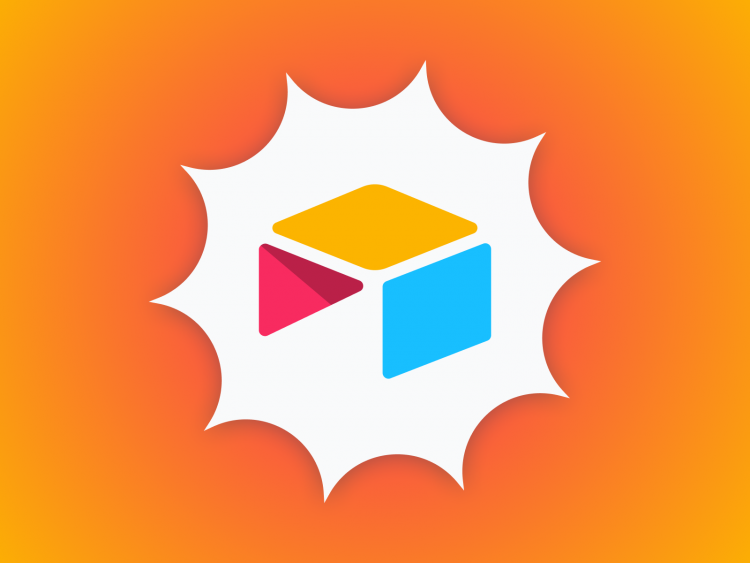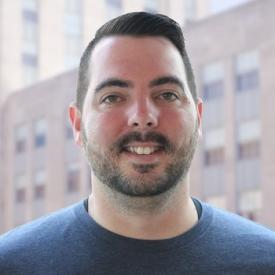If you’re anything like me as a web developer, you probably have a slew of half-finished side projects that you were really excited about, only to lose steam and give up on. To be honest, "half-finished" is probably pretty generous for me…half-started is more accurate.
One of the most challenging things in bootstrapping a new app to create an MVP of your next great idea is handling data. Writing static JSON while creating a data structure on the fly eats up time and isn’t realistic in terms of scaffolding future iterations. Setting up a custom database and API is even more time-consuming. Trying to set up even a basic database and API can take the wind out of your sails and leave you feeling frustrated. I often find myself thinking, "I want to build the IDEA, not be stuck in the weeds of data structure."
One tool we’ve leveraged to solve this problem on some of our Labs initiatives is Airtable. I know what you might be thinking. Isn’t Airtable just a glorified version of Excel or Google Sheets? The short answer is yes, but bear with me while I give you the long answer. Most of us forget that the entire purpose of Excel is to present data in compelling ways. Excel power users know that you can use Excel as a database.
Airtable markets itself as having the "familiarity of a spreadsheet and the power of a database." Its default functionality is to be a database, first and foremost. However, with views, automation, apps, sync, and integrations, it offers loads of features that can be leveraged in an array of ways.









